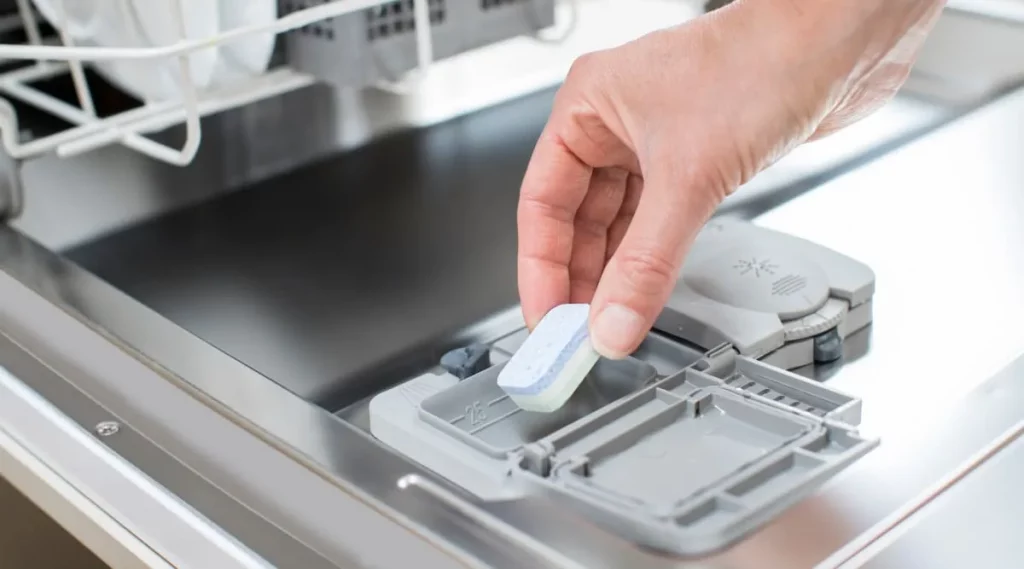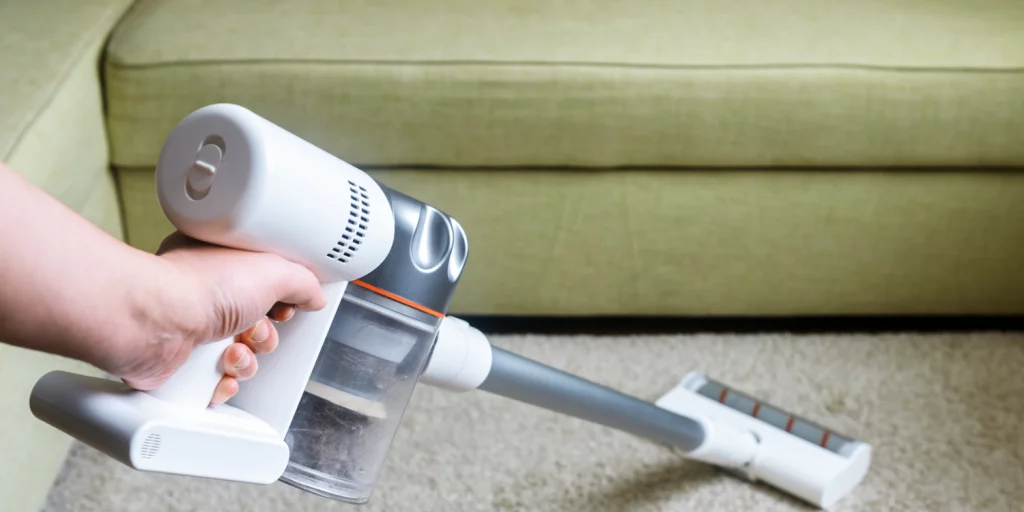HUT Testing Optimisation: Advanced Questions Answered


Home use testing has become an essential tool for brands seeking authentic consumer insights, but many companies struggle to maximise the value of their HUT testing programmes. Whilst the fundamentals of home use testing are well understood, questions often arise about how to optimise studies for better results, overcome common challenges, and ensure maximum return on investment.
With nearly three decades of experience managing home use testing projects for leading brands, we regularly help companies refine their approach to achieve more reliable data and actionable insights. Let’s explore the most important optimisation questions to help you get the most from your HUT testing investment.
One of the biggest headaches you’ll face with home use testing is keeping participants motivated throughout the entire study period. Unlike lab-based research where you can observe everything directly, HUT participants are on their own at home, making engagement absolutely crucial for reliable results.
Start with crystal-clear communication from day one. Your participants need to understand exactly what you’re asking them to do and why their feedback matters. Many of our most successful programmes include short video tutorials showing proper product usage – it’s amazing how much clearer things become when people can actually see what you want.
Think carefully about your reward structure too. Rather than just paying everyone the same amount for signing up, consider offering bonuses for hitting key milestones. This approach encourages people to stick with your study rather than dropping out halfway through when the novelty wears off.
Modern technology can be your best friend here. Mobile apps that send gentle reminders work brilliantly for keeping your study top-of-mind without being annoying. These tools can also make it easier for participants to upload photos or submit quick feedback, reducing the friction that often leads to dropout.
Regular check-ins make a real difference too. A quick weekly email asking how things are going shows you’re invested in their experience and gives you a chance to address any issues before they derail your home use study.

Every home use testing programme faces predictable challenges, but the smart approach is anticipating these issues and building solutions into your study design from the start.
Inconsistent product usage often tops the list of common problems. You might think your instructions are clear, but participants often interpret things differently than you expect. Combat this by providing detailed protocols that include visual examples and simple tracking tools.
Poor data quality usually stems from two sources: participant fatigue or confusing feedback requirements. Instead of overwhelming people with massive questionnaires, try collecting feedback progressively. Capture those crucial first impressions immediately, then gather deeper insights through shorter, focused surveys spread throughout the testing period.
Participant dropout can devastate your study if you’re not careful about who you recruit. During the screening process, look for genuine interest in your product category rather than just demographic matches. Someone who’s genuinely curious about trying your new skincare product will stick around much longer than someone who’s just after the incentive payment.
Sample bias becomes a real problem when your participants don’t actually represent your target market. This is where working with experienced research partners really pays off – they maintain carefully screened databases and can match participants precisely to your demographic requirements.

Your HUT testing approach often changes dramatically depending on what you’re testing. A food product requires completely different considerations than a household cleaner, and getting this wrong can undermine your entire study.
Food and drink items typically need shorter testing periods but multiple consumption occasions. You want to understand both immediate taste reactions and how well your product fits into people’s regular eating habits. Family dynamics matter enormously here – that healthy breakfast bar might get rave reviews from mum but complete rejection from the teenagers.
Consider seasonal factors too. Testing a warming soup in July won’t give you the same insights as testing it in January when people actually want hot comfort food.
Personal care items often require extended testing periods because benefits take time to appear. Structure your feedback collection around realistic timeframes. You can’t expect someone to see anti-ageing results after three days, for example. Include photography protocols for products promising visible improvements, and track specific skin or hair conditions throughout the testing period.
Household products benefit from task-specific evaluation. Create realistic scenarios that reflect actual cleaning challenges rather than perfect laboratory conditions. Meanwhile, technology products need careful attention to learning curves – people’s opinions often change dramatically as they discover features and work out how to integrate devices into their routines.

Collecting HUT testing data is only half the battle. The real value comes from analysis that turns raw feedback into insights you can actually use for business decisions.
Don’t just average everything together. Different consumer segments often respond very differently to your product, and these variations frequently reveal the most valuable insights. A product that performs poorly overall might be absolutely loved by a specific demographic, pointing to a focused market opportunity.
Something that’s best practice is to track how perceptions evolve throughout your testing period. Initial enthusiasm sometimes fades as the novelty wears off, whilst other products grow on people as they discover benefits or work out optimal usage patterns. These trends can predict long-term market performance far better than first-impression scores.
Compare your results against existing products whenever possible. Absolute satisfaction scores don’t mean much without context. What matters is how your product performs relative to current market options and competitor offerings.
Pay special attention to qualitative insights, as this is the key benefit of HUT testing. Numerical ratings are useful, but the real gold often lies in open-ended comments. Look for consistent themes, unexpected usage patterns, and specific suggestions for improvement. These insights frequently drive the most impactful product modifications.
Getting the most from home use testing requires balancing scientific rigour with practical implementation skills. The most successful brands treat HUT research as a strategic capability rather than a one-off project.
At Wirral Sensory Services, our comprehensive HUT testing expertise helps brands achieve consistently reliable results through optimised study designs, careful participant management, and thorough data analysis. Our experience across food, beverage, personal care, and household product categories means we can tailor approaches that maximise value for your specific needs.
Whether you’re looking to refine existing programmes or implement more sophisticated testing strategies, our team can help you achieve better engagement, overcome common challenges, and extract maximum value from your research investment.
Contact our team today at +44 (0)151 346 2999 or email info@wssintl.com to discuss how our optimised HUT testing approaches can strengthen your product development process and deliver more reliable consumer insights.